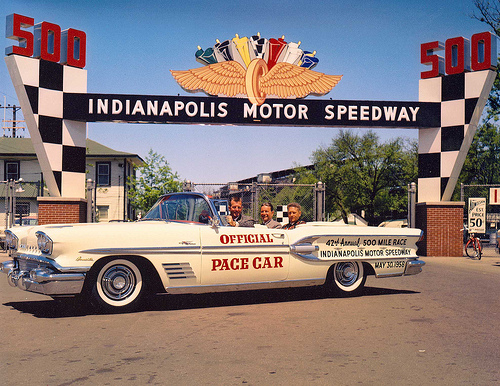"Pacing is like a dam. It allows the writer to control just how fast or how slow his plot flows through the riverbed of his story." (K. M. Weiland)

Hoover Dam, completed in 1936, controls the flow of the Colorado River. Photo courtesy
Pacing is a powerful tool that an author can use to determine the impact of his story. Length controls momentum according to K. M. Weiland. "Short scenes, snappy dialogue and terse sentences" give your story intensity and speed whereas "long scenes, leisurely sentences and extended dialogue" give your story a sense of place and time (www.helpingwritersbecomeauthors.com).
K. M Weiland recommends that you vary your pace. Yes, a story requires action; without action there would be no conflict, and without conflict, no story. However, a story also requires deliberate moments of quiet. Without slow scenes, the reader has no chance to catch his breath. Vary the ebb and flow of the story. The length of words, clauses, sentences and paragraphs all contribute to the effect of the story.
Pay attention to detail to help set the pace. A movie director might film a scene in slow motion to create a slowing down effect. However, a writer doesn't have that option. A writer must pile on the details instead. K. M. Weiland gives the example of a character being shot. The writer could describe: "the look on the gunman's face, the recoil of the pistol, the flash of the barrel, the horror that chokes the victim and the collision of the bullet."
Courtney Carpenter of Writer's Digest points out that pacing doesn't just build momentum but also creates rhythm. "When driving a manual transmission car, you choose the most effective gear needed for driving uphill, maneuvering city streets or cruising down a freeway. Similarly, when pacing your story, you need to choose the devices that move each scene along at the right speed." (http://www.writersdigest.com/tip-of-the-day/7-tools-for-pacing-a-novel-keeping-your-story-moving-at-the-right-pace)
One literary technique to change the pace of your story is the cliffhanger. End your scene with a revelation, threat or challenge. I remember back in the late 1970's when the drama Dallas aired. The producers ended the season with a cliffhanger: Who shot J.R.? People talked about it at the water cooler at work. They even wore t-shirts with the famous question printed on them.
To change pace, prolong the outcome of an event, thereby building suspense. For example: "will the detective solve the case before the killer strikes again?"
How about changing scenes to change momentum? Movie scripts are full of scene cuts. However, it is a little harder to accomplish in a story.
Courtney Carpenter recommends a series of incidents in rapid succession to accelerate the pace of a story. Transitions between scenes should be minimal to avoid breaking up the momentum.
Use a summary to change the pace. Rather than giving the reader a play by play account, tell the reader what has already happened. You can also summarize "whole eras, description or back story". A good time to use a summary is when a significant amount of time has gone by.
Don't forget to examine your word choice. "Use concrete words (prodigy, iceberg), active verbs (zigzag, plunder) and sensory information that's artfully embedded," says Courtney Carpenter.
In conclusion, whether you compare your story's pacing to a dam controlling the flow of a river, or a driver controlling the speed of his car, you are in control. Speed it up...slow it down...put it on cruise control...it's up to you.

Official pace car at Indianapolis 500 circa 1958 courtesy http://www.curbsideclassic.com/automotive-histories/automotive-history-indianapolis-500-pace-cars-part-3-1955-1959/.
No comments:
Post a Comment